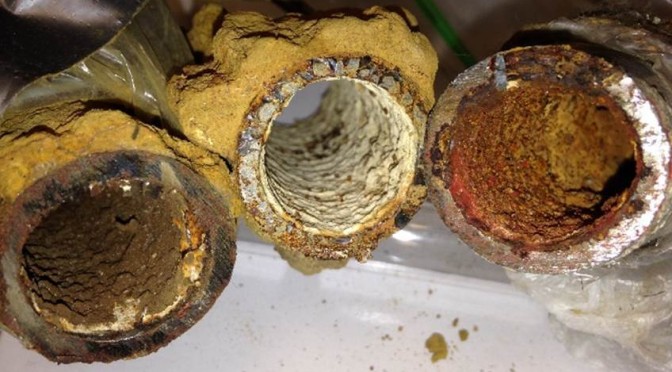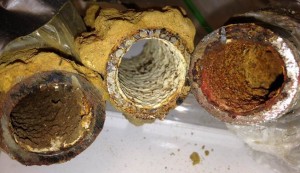 So many of us may have become complacent about the water that has seemingly so easily flowed through our faucets and garden hoses. In the United States, drought and aging infrastructure served as not so gentle reminders that clean, safe water does not flow freely if we don’t take steps to preserve this precious resource. Flint, MI has poisoned its citizens with lead, which has lead to increased testing – and lead and other toxins are being found in public systems countrywide. In other parts of the world, clean, safe, flowing water is a luxury, which many do not have.
So many of us may have become complacent about the water that has seemingly so easily flowed through our faucets and garden hoses. In the United States, drought and aging infrastructure served as not so gentle reminders that clean, safe water does not flow freely if we don’t take steps to preserve this precious resource. Flint, MI has poisoned its citizens with lead, which has lead to increased testing – and lead and other toxins are being found in public systems countrywide. In other parts of the world, clean, safe, flowing water is a luxury, which many do not have.
We commemorated World Water Day this week. Life cannot be sustained without water; as such, we believe it is a basic human right. According to UNWater.org, ‘World Water Day is an international observance and an opportunity to learn more about water related issues, be inspired to tell others and take action to make a difference.”
The theme for this years’ World Water Day was water and jobs, and putting a spotlight on how quality and quantity of water can change lives and livelihoods – and even transform societies and economies.
Think about it –installing a small rainwater system for a home or business can vastly improve the lives of residents, employees, families – but also the overall public by reducing loads on public systems. Private systems can still be connected to city or well water, which would be used as backup to rainwater systems, if and when necessary.
But enough about us, we really wanted to share some amazing photos, that will make you think twice about wasting water. The extraordinary shots document how folks around the world access water. We encourage you to take a look, and then think about how we may be heading in this direction if we don’t start thinking about how we can better manage our access to safe and clean water – and the hazards that threaten our aging public systems.





